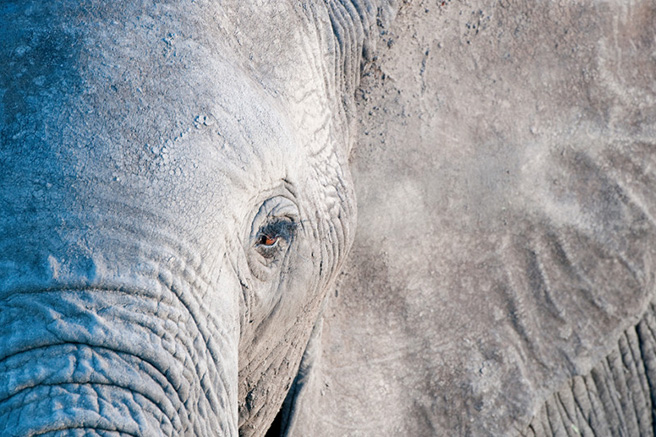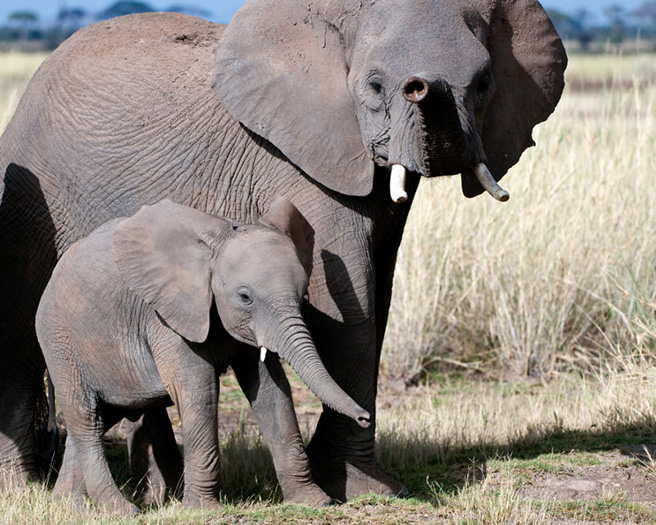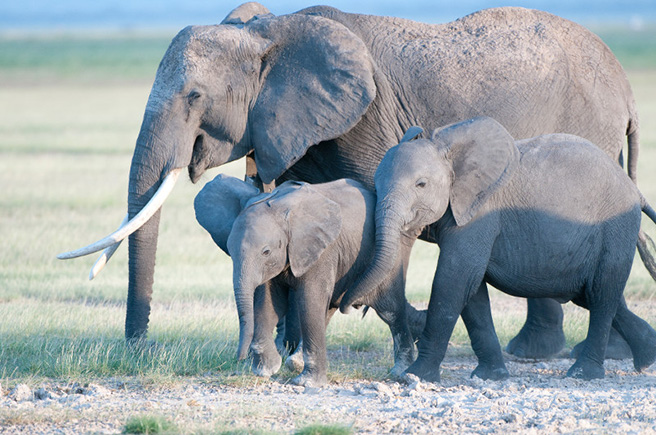In Order to Be Able to Breathe

One of the most pressing problems in the field of elephant conservation today involves human-elephant conflict and how to mitigate it so that both man and elephant can successfully co-exist.
The world’s population of 7 billion people is expected to increase to over 9 billion by 2050 and to over 10 billion by the end of the century. Currently, Africa weighs in with approximately one billion persons, but by the year 2100 projections indicate it will triple to over 3.6 billion—not good news for a continent that presently cannot supply enough food and water for its bulging populace.
While the trajectory of human population growth signals a steady uptick, the trajectory of the African elephant population is plummeting downward in a spiral to oblivion. In the 1940s between three and five million elephants roamed that continent. Currently only approximately 400,000 to 500,000 individuals remain. This is largely due to the escalating demand that exists for elephant ivory in the global markets of today. To meet this consumer demand, 8 percent of African elephants are lost to poaching every year.
Given this current escalating rate of decimation, perhaps human/elephant conflict will cease to be an issue. But is this the end of the story? Decidedly not. For, if we take a step back to get a clearer bearing on the situation, we might come to realize, (in a situation that is analogous to our co-dependent relationship with the bee), that we ego-centric humans actually need the elephant for survival. Elephants are natural pollinators and via their dung they spread seeds that grow and germinate. Therein the elephants are responsible for vegetating large swathes of the African continent, which, together with the Amazon rainforest, co-create the “lungs” of the world; lungs which the world needs, in order to be able to breathe.

According to Paula Kahumbu, Executive Director of WildlifeDirect, a charitable organization in Kenya and one of the founders of the newly launched Kenyan initiative “Hands Off Our Elephants,” if the lush landscape of Africa turns to desert, not only is it no longer capable of aerating the Earth, but the land itself becomes uninhabitable, driving people off of it too.
So what of our fate as it relates to the elephants? I work as a consultant in elephant conservation for an international NGO by the name of Population Media Center; we are active in numerous countries across the world. Among other issues, we educate people about the benefits of small families and promote protection of the environment. The organization has 501(c)(3) charitable status in the United States and is a registered charity in several countries in Asia, Africa, and Latin America. In the work that we do, we hope that a reasonable balance can be struck between the world’s soaring human populations and the fragile and vulnerable plant and animal life that seems to be barely holding on by a toehold as human globalization threatens to overtake the planet.
Understanding the imperative need for a reasonable balance, wildlife conservation groups the world over strive toward solutions where both humans and the environment win, such as the work currently being undertaken by the African Wildlife Foundation in general and as regards their work with human/elephant interactions in particular. According to AWF’s CEO Patrick Bergin, “The African Wildlife Foundation has a long history of working with local communities to find conservation solutions that benefit both wildlife and people.”
One such solution is evidenced by the Lupani Conservation Primary School in Zambia, which in 2011, was rebuilt by AWF from its former rundown condition into a thoroughly modern facility. Previously, 80 percent of the Sekute community was illiterate. Currently, the new school educates more than 140 students, increasing numbers of which are now continuing on to secondary school. The school also functions as a community center that offers literacy classes to adults. As a tradeoff for AWF’s restoration of the school, the local community oversaw the donation of land for use as vital elephant corridors between the countries of Botswana, Namibia, and Zimbabwe, through which the local elephants migrate on a regular basis.

Another similar win/win scenario initiated by AWF in Zambia is that of the Machenje Fishing Lodge. AWF masterminded a unique operational collaboration between the community and a private partner wherein both parties share tourist revenues derived from the lodge. This stratagem generates much-needed revenue for the community, some of which underwrites successful anti-poaching patrols in nearby conservation areas.
AWF CEO Bergin sums up this win/win philosophy by saying: “If people don’t believe that living next to wildlife is beneficial for them, then they are that much more likely to turn a blind eye to poaching. On the other hand, if a community understands that they are getting income, employment, and other benefits from wildlife, they are going to be active in stopping people who engage in illegal wildlife trafficking.”
As the beat goes on and the trend to a more populated planet continues unchecked, let’s hope that more individuals and organizations adopt AWF’s cooperative model so that each and every one of us—humans and creatures alike—may enjoy our time on this little blue planet that we all call home.
